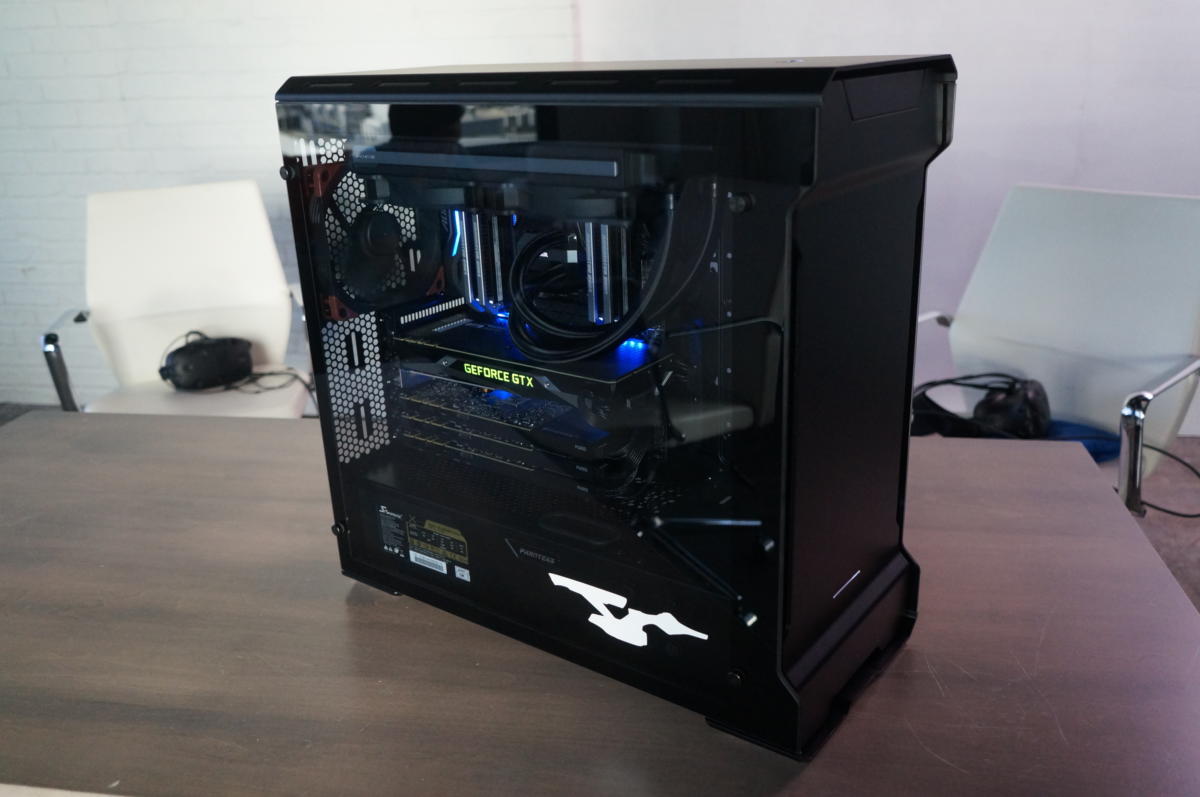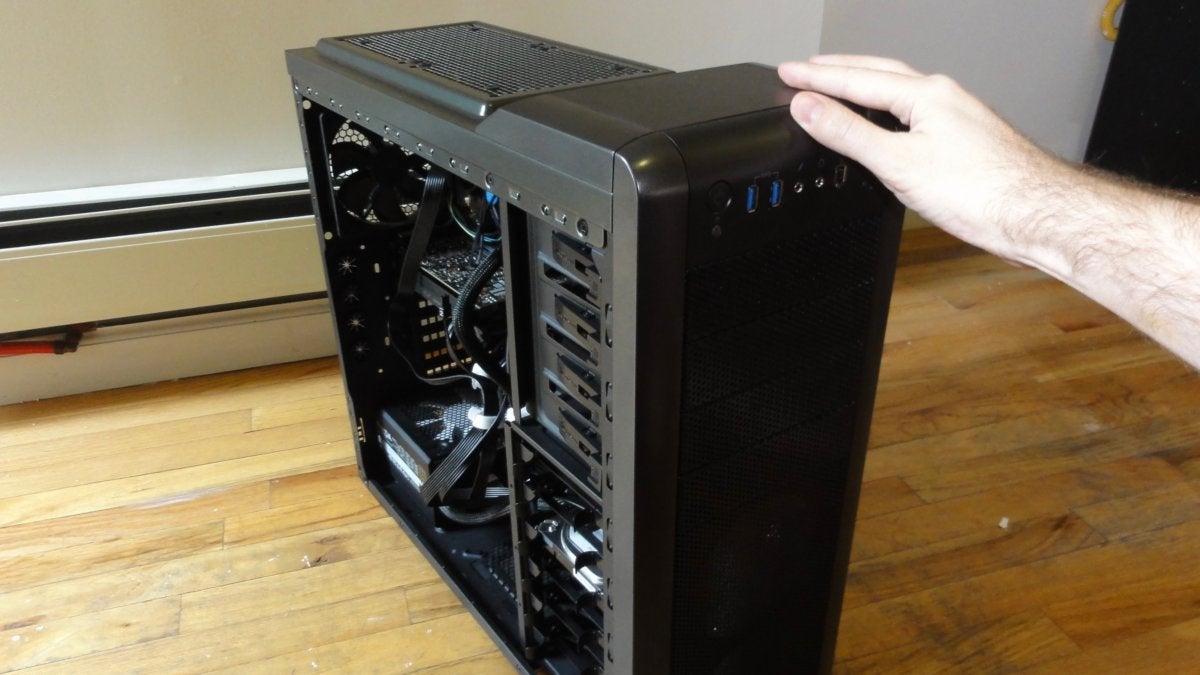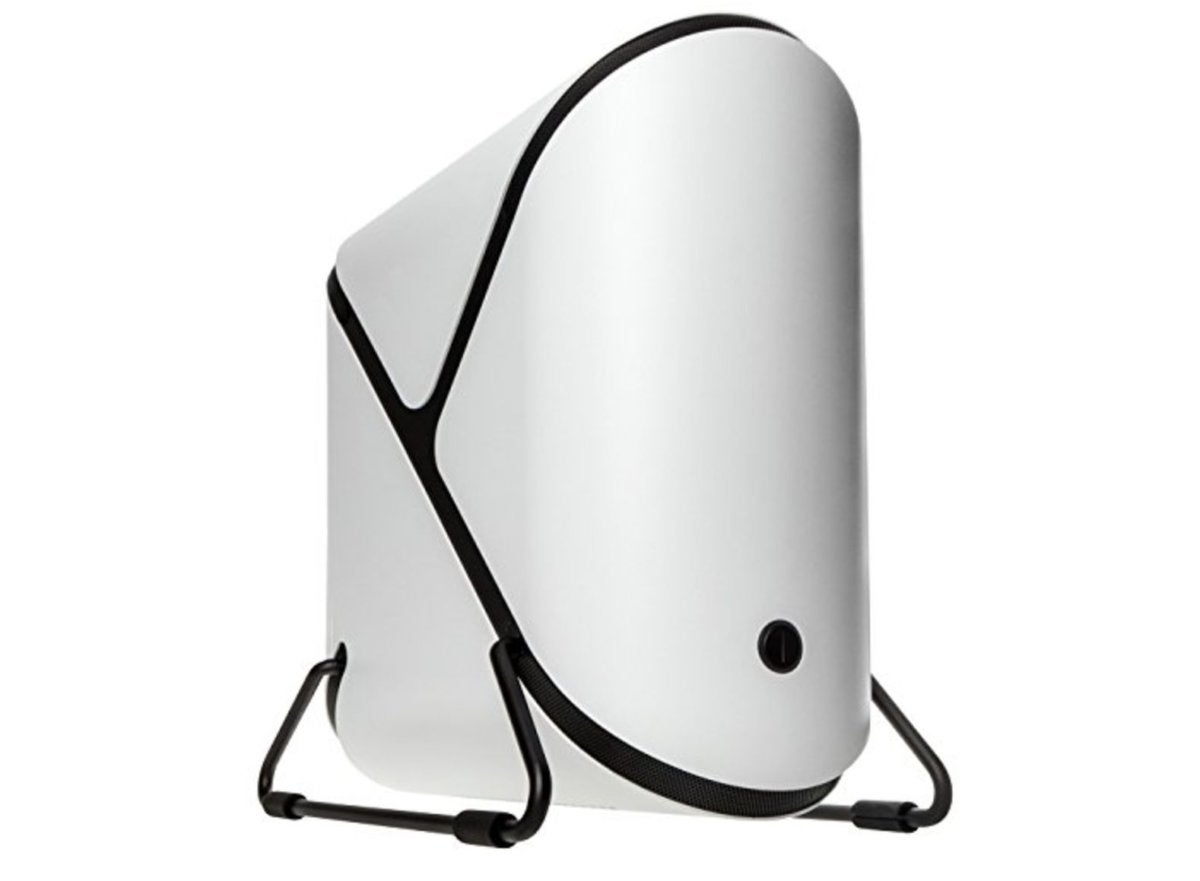
No matter whether you treat your computer as the centerpiece of your home office or just stuff it under your desk, buying the right PC case matters.
At a minimum, you want to pick a PC case that’s the right size for your needs and has room for all your hardware and USB devices. But some PC cases offer much, much more. Spacious innards, lower temperatures, muffled sound, extensive water-cooling support, and fancy-schmancy tempered glass panels or RGB lighting are just the tip of the iceberg.
Here’s a guide to buying a PC case that’s perfect for you. This is just the first step in your DIY journey; be sure to check out PCWorld’s guide to building a PC, too.
Buy a PC case: Size matters
Before anything else, decide what size case you need. There are three major case sizes: Full tower, mid-tower, and mini-ITX.
Full-tower and mid-tower cases both fit standard ATX motherboards—by far the most common motherboard size out there. Both can also fit smaller micro-ATX motherboards. Exact sizing varies from case to case, but most mid-towers run up to roughly 18 inches high and 8 or so inches wide. Mid-tower PCs are probably the most common form factor and have enough room to fit systems with a closed-loop CPU cooler, a couple of graphics cards, and a lotof storage.

Ben Patterson/IDG
Full-tower cases are massive. They often measure more than 20 inches in height and are longer and deeper than mid-tower cases, which makes them ideal if you’re one of the rare people using a massive Extended-ATX motherboard. (Asus’ X399 motherboards for AMD Threadripper chips are EATX.)
Also consider a full-tower case if you plan on loading up your rig with extensive (or custom) water-cooling, storage galore, or 3- and 4-way graphics card setups. Full-tower cases often support more fans and 5.25-inch drive bays as well. And the extra elbow room sure is nice during building.
Mini-ITX cases are the polar opposite of full-tower PC cases, built for diminutive mini-ITX motherboards. Some of these can be wondrously small and even fit inside home theater cabinets, but the tight quarters can create compatibility issues with some hardware. Don’t expect to use liquid-cooling or a big honking CPU cooler in most mini-ITX cases. Some mini-ITX cases don’t support full-length graphics cards, either; confirm the maximum length before you buy. Finally, there isn’t much room for extra hardware in these space-constrained chassis, so you’ll be limited to fairly basic system configurations. They’re great for schlepping to LAN parties, though!

[“Source-timesofindia”]a




